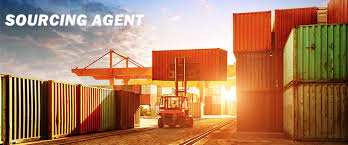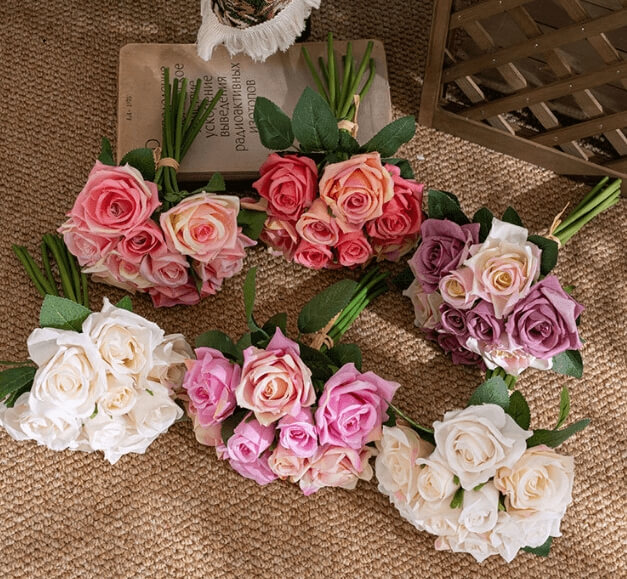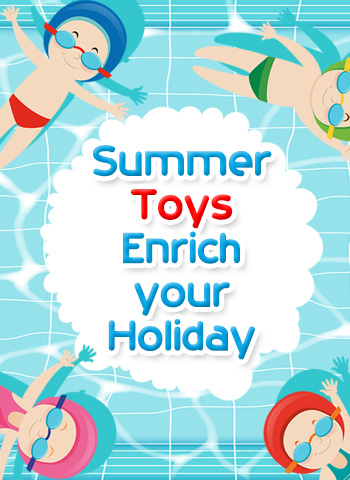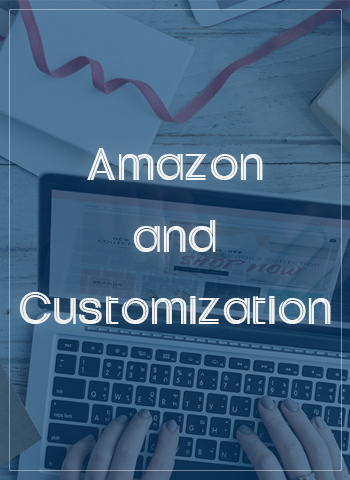How to Choose the Right Vacuum Insulated Water Bottle for Your Brand: A Buyer's Quality Checklist
2025-10-30 18:26:44
How to Choose the Right Vacuum Insulated Water Bottle for Your Brand: A Buyer's Quality Checklist
Introduction
You've decided to add branded water bottles to your product line. The samples look identical, the prices vary wildly, and every supplier claims "premium quality." Three months later, you're drowning in customer complaints about bottles that don't hold temperature, lids that leak, or paint that chips off after two washes.
This scenario plays out repeatedly for importers and brand owners who don't know what to check beyond surface aesthetics. After working with hundreds of water bottle orders, we've identified the seven critical quality factors that separate reliable products from costly mistakes.
1. Understand the Vacuum Insulation Test
The Problem: Many suppliers claim "24-hour cold retention" without any standardized testing.
What to Check:
- Request actual test data, not marketing claims
- Standard test: Fill bottle with 40°F (4°C) water, measure temperature after 24 hours in 72°F (22°C) room
- Quality bottles should retain temperature within 10°F variance
- Ask if they test every production batch or just prototypes
Red Flag: Suppliers who can't provide testing methodology or refuse pre-shipment temperature testing.
Pro Tip: Double-wall vacuum bottles from manufacturers with automated production lines typically show more consistent insulation performance because automated welding creates more reliable vacuum seals than manual processes. High-volume facilities producing 50,000+ pieces daily maintain tighter quality control through continuous process monitoring.
2. Check Stainless Steel Grade and Thickness
The Problem: Not all stainless steel is equal. Lower grades rust, dent easily, or affect taste.
What to Verify:
- Food-grade 304 (18/8) stainless steel minimum for interior
- 201 stainless steel is cheaper but corrodes faster
- Wall thickness: 0.4-0.6mm for durability without excessive weight
- Request material certification documents
Simple Test: Quality 304 steel is non-magnetic. Use a magnet on the interior—it shouldn't stick strongly (slight attraction is normal due to manufacturing processes, but strong pull indicates inferior steel).
When sourcing stainless steel kitchenware, the same material standards apply across product categories. Whether you're buying water bottles, food containers, or cookware, insist on verified 304-grade certification to ensure longevity and safety.
3. Inspect Lid Design and Seal Quality
The Problem: 70% of water bottle failures involve lid leakage or breakage.
Critical Components to Examine:
Silicone Seal Ring:
- Must be food-grade silicone, not rubber (rubber absorbs odors)
- Proper thickness: 2-3mm
- Should fit snugly in lid groove without gaps
- Ask about replacement seal availability
Thread Design:
- Deep, precise threads prevent cross-threading
- Minimum 3 full rotation threads for secure closure
- Smooth finish without rough edges
Leak Test Protocol:
- Fill bottle completely, seal tight
- Hold upside down for 60 seconds
- Shake vigorously 20 times
- Zero drips = pass
Understanding professional customization processes helps you specify exact lid requirements during the design phase, avoiding costly modifications after production starts.
4. Evaluate Coating and Finish Durability
The Problem: Beautiful powder coating that chips after one drop creates branding nightmares.
Quality Standards:
Powder Coating (Most Durable):
- Electrostatic application + 200°C curing
- Should pass 100-wash dishwasher test without fading
- Request coating thickness spec (40-80 microns ideal)
- Learn more about powder coating techniques for water bottles
Paint Printing:
- Ask about curing method (UV vs heat)
- Request adhesion test results
- Thermal transfer printing offers better durability than screen printing
- Explore custom printing options including laser engraving and silk screening
UV Printing:
- Excellent for complex designs and gradients
- Requires proper surface preparation
- Check for UV resistance testing results
Testing You Can Do:
- Tape test: Apply strong adhesive tape to coating, press firmly, peel quickly—coating shouldn't lift
- Scratch test: Apply moderate pressure with fingernail—shouldn't leave visible mark
- Dishwasher test: Run sample through 10 cycles to verify coating adhesion
5. Verify BPA-Free and Safety Certifications
The Problem: "BPA-free" claims without certification are meaningless for B2B buyers.
Required Documentation:
- FDA approval for US markets
- LFGB certification for European markets
- BPA-free test reports from accredited labs (SGS, Intertek, TÜV)
- Migration test results (ensures no chemical leaching)
Why This Matters: One uncertified batch can trigger product recalls costing 10-100x the original order value. Manufacturers like Eastegg with 25+ years export experience typically maintain current certifications because they've learned this lesson through serving major global retailers.
When expanding your product range beyond drinkware, ensure your kitchen storage solutions and food containers also carry appropriate food-grade certifications—consistency across your brand builds customer trust.
6. Assess Production Capacity and Quality Consistency
The Problem: Small orders look perfect. Scale to 10,000 units, quality collapses.
What to Investigate:
Production Scale Indicators:
- Daily output capacity (50,000+ pcs suggests serious automation)
- Number of production lines (10+ lines = stable capacity)
- Quality control frequency (every piece vs batch sampling)
- Lead time consistency (7-day production cycles indicate efficient operations)
Consistency Questions to Ask:
- What's your defect rate per 10,000 units?
- How do you maintain quality across different production lines?
- Can I visit your facility or see live production video?
- Do you offer sample consolidation before bulk production?
Warning Sign: If a supplier can't tell you their daily capacity or defect rates, they likely don't track them—meaning inconsistent quality.
Experienced OEM/ODM manufacturers will walk you through their quality control stages, from raw material inspection to final packaging. This transparency indicates reliable processes that scale well.
7. Understanding Customization Options and MOQs
The Problem: Hidden customization costs and unclear MOQ terms derail budgets.
Key Customization Factors:
Logo Application Methods:
- Laser engraving: Permanent, elegant, higher cost
- Screen printing: Cost-effective for simple logos
- Heat transfer: Good for complex multicolor designs
- Debossing/embossing: Premium tactile effect
Color Customization:
- Standard colors: Lower MOQ (often 500-1000 pcs)
- Custom Pantone colors: Higher MOQ (2000-5000 pcs)
- Gradient/special effects: Premium pricing, higher MOQ
Packaging Options:
- Plain white box: Most economical
- Custom printed box: Requires design and printing plate fees
- Gift box sets: Include accessories like cleaning brushes, carrying straps
Working with manufacturers who offer comprehensive customization services streamlines the process. They can advise on cost-effective combinations of color, logo placement, and packaging that fit your budget while maintaining brand quality.
For businesses diversifying into complete kitchen solutions, partnering with suppliers offering both water bottles and kitchenware simplifies procurement and ensures design consistency across product lines.
8. Check the Return and Warranty Policy
The Problem: Many suppliers disappear after payment, leaving you with defective inventory.
Minimum Acceptable Terms:
- 90-day warranty on manufacturing defects
- Clear process for handling defective units (replacement or refund)
- Quality dispute resolution procedure
- Ideally: No-reason exchange guarantee within 30-90 days
Document Everything:
- Get warranty terms in writing before ordering
- Request sample exchange if large order (50+ units) shows quality issues
- Clarify who bears return shipping costs
- Understand the claim process and response timeline
Reputable manufacturers stand behind their products with clear warranty terms—a 90-day no-reason exchange policy demonstrates confidence in production quality.
Making Your Decision: The Final Checklist
Before placing your order, verify:
- Temperature retention test data received and verified
- Material certifications (304 stainless steel minimum)
- Leak test passed on sample units
- Coating durability confirmed through physical tests
- All required safety certifications provided (FDA, LFGB, BPA-free)
- Production capacity matches your order timeline
- Customization options clearly specified with pricing
- MOQ and pricing tiers documented
- Warranty terms documented in contract
- Sample approval process established
The Cost of Quality vs. Cost of Cheap
A $2 bottle that fails creates:
- $15 in customer service time
- $20 in shipping costs (both ways)
- $50-200 in lost customer lifetime value
- Damaged brand reputation (priceless)
A $3.50 bottle from a reliable manufacturer delivers:
- Consistent quality across thousands of units
- Faster lead times (7 days vs 30+ days)
- Lower defect rates (0.1% vs 5-10%)
- Peace of mind and scalable growth
Expanding Your Product Line Strategy
Once you've established a reliable water bottle supplier, consider expanding into complementary products:
Kitchen Storage & Organization:
- Airtight food containers matching your water bottle aesthetic
- Meal prep containers for health-conscious customers
- Bamboo and stainless steel storage solutions
Beverage Accessories:
- Travel mugs and coffee tumblers
- Infuser bottles for tea or fruit water
- Kids' bottles with spill-proof designs
Complete Kitchen Solutions:
- Coordinate materials and colors across drinkware and kitchenware
- Bundle products for higher order values
- Create cohesive brand experiences
Working with manufacturers who offer diverse product categories allows you to test new items with lower risk while maintaining quality standards across your entire catalog.
Conclusion
The difference between a successful water bottle product line and a costly mistake isn't about finding the cheapest supplier—it's about knowing what quality looks like and how to verify it before committing to large orders.
Use this checklist on your next sourcing project. Request test data, inspect samples thoroughly, and work with manufacturers who can demonstrate consistent quality through certifications, capacity, and clear communication.
Your customers won't remember that you saved $0.50 per unit. They will remember whether their bottle leaked in their bag.
Partner with experienced OEM manufacturers who understand international quality standards and can scale with your business growth. Whether you're sourcing premium water bottles or expanding into complete kitchenware lines, the principles of quality verification remain the same: test thoroughly, document everything, and build relationships with suppliers who stand behind their products.
About the Author: This guide draws from years of experience working with global water bottle importers and manufacturers, including insights from factory operations producing 50,000+ units daily for major retailers worldwide.
-
How to Use the Internet in China: Business Traveler’s Guide
2025-10-30 18:28:06















